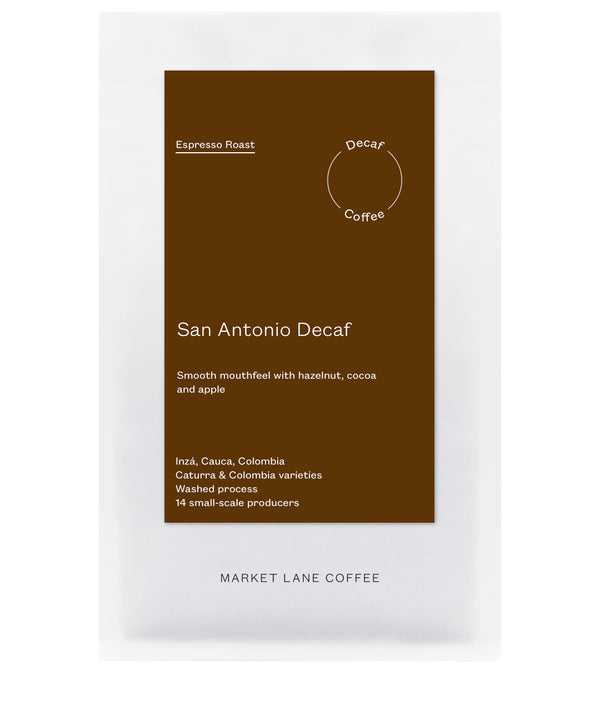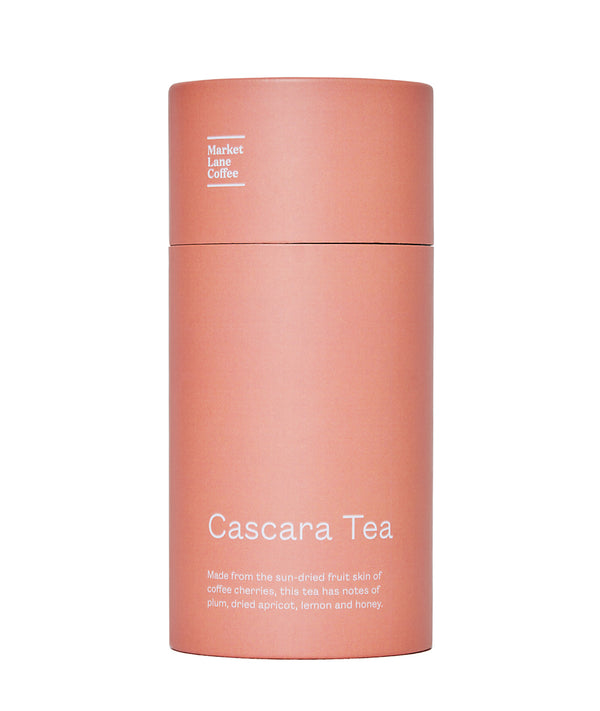Coffee Beans
Our coffee offerings change throughout the year, depending on what’s in season and what tastes delicious. We buy and roast our coffee beans in small batches at our roastery in Melbourne, striving to ensure we bring out the best qualities in every lot. Learn more about how we buy coffee and our commitment to transparent, ethical and sustainable sourcing.
Espresso Coffee Beans
These coffees have been roasted especially for espresso and stovetop brewing methods.
Filter Coffee Beans
These coffees have been roasted for all filter brew methods, including pour over, plunger, Moccamaster and Aeropress.
Coffee Drip Bags
Our Coffee Drip Bags are the perfect solution for making great filter coffee on the move.
Coffee Teas
These beautiful teas from Bolivia are made from the hand-picked and dried flowers & fruit of the coffee tree.
Questions? Read our FAQs.
Coffee roasted for espresso is roasted darker than a filter roast. This roast will taste a little bit stronger and have less acidity than our lighter filter roast. We recommend beans roasted for espresso if you’re making coffee with an espresso machine or stove top, but you can also use this roast if you tend to prefer a stronger, less acidic coffee made with other brew methods (including filter brewing).
Filter roast is what we normally would recommend for filter brewing methods (for example, pour over, Aeropress, Moccamaster and plunger). Our filter coffee beans are roasted to be suitable for slower and gentler brew methods and have great clarity and a balanced acidity, sweetness and aftertaste. We find that filter roasts tend to taste a little weak and unbalanced when used with espresso-style brew methods.
Coffee beans are best stored at room temperature in a dry, dark and airtight container. Keeping the beans in the bag they came in, and weighing out the beans you need as you go is also great (just make sure you roll the bag tight after each use).
We recommend that you use freshly roasted coffee beans within 4–6 weeks after the roast date. If you can, buy in smaller quantities so your beans are always fresh and this way you can also try different coffees depending on what’s in season.
We use a standard recipe for all the coffees across all our shops. Check out our espresso brew guide and if you need any more help or tips, talk to our friendly baristas next time you visit our shops or send us a email at hello@marketlane.com.au
Our espresso roasts are our darkest roasts. We look for a balance of acidity, sweetness and aftertaste. We roast our beans quite lightly to highlight the characteristics of each individual coffee, and to avoid masking them with any roast flavours. If you find it a little higher in acidity than what you are used to, these brew videos might help, or send us an email at hello@marketlane.com.au with any questions you might have.
The tasting notes refer to the flavour profile of the coffee, as each coffee tastes a little bit different (sometimes very different) depending on the location of the farm, which variety of coffee that’s grown there, and how the coffee was processed to get the seed/beans out of the fruit. The coffee will taste and smell like coffee, but within that taste we look for types of sweetness, acidity, aftertaste, mouthfeel and aromas that are distinctive about that particular coffee, and we use those tasting notes to describe those characteristics.
All our coffees are seasonal and we roast in small batches until we run out. Once we’ve roasted all of that coffee, we replace it with a new, fresh coffee. If you’re looking for something similar to what you bought, send us an email at hello@marketlane.com.au. We’d be happy to recommend something from our current offering of coffee beans.
In our shops we make an iced pour over brewing with hot water and letting the coffee drip over ice. For this method we recommend a pour over grind. If you are steeping coffee in cold water over a longer period, we would recommend the plunger grind size, though please note there is no one correct grind size. You can use a finer grind to make cold brew, and this works well if you’re dripping cold water through the bed of coffee. If you prefer a different grind size, please ask.












